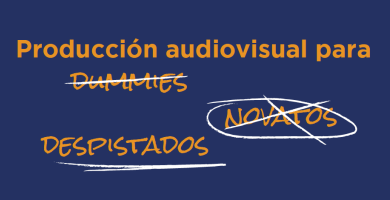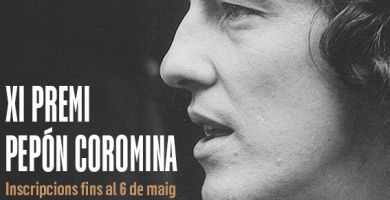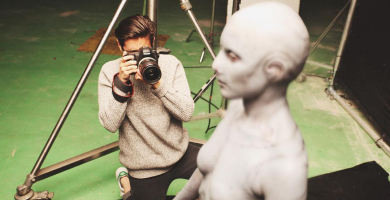
Laura Pedro: "Visual effects come into play when you can’t achieve something physically, whether a building which has to be in a certain way, make-up which the production cannot create, a creature...".
This month we interview Laura Pedro, visual effects supervisor from El Ranchito. We talk with her about her profession and her experience on the projects in which she has participated, such as A Monster Calls, Superlópez, El vecino and Malnazidos.

When did you start to be interested in film? And what are your first recollections of films?
Films were always very present at home and I remember going to the cinema from a very young age. However, I believe that my desire to work in film began when I was studying compulsory secondary education and I began to make videos and to edit them at home. During one year of compulsory secondary school, we participated in an oratory scholarship in English and we decided that the project would be a film. That’s when for the first time I was involved in a 100% amateur “cinematographic” project made by students.
Why did you move towards special effects and not any other aspect of film? What attracts you about this work?
When I started in the Escac my intention was to study cinematography, which had always attracted my attention a lot, lighting and everything technical related to photography. However, due to a motorbike accident I was not able to prepare the exams as much as I needed to and I did not get a high enough grade to be able to enter. The good news was that, that same year, the visual effects specialization appeared and I did not think about it twice. I went straight into effects, as I had always been interested in doing small things; at home I had already played with effects programmes and, as you also work a lot with light in the world of visual effects, I did not hesitate.
What I like the most is how with each production you try to make the most of the means that you have in order to accomplish what the project needs.
Special effects mean that the imagination has no limits, but how do you convert something that doesn’t even exist into something real?
When, with a project, you have to create an effect for something which does not exist, a creature, a city made out of wax... it tends to be a process involving different departments, not just visual effects, in order to see how to accomplish it, design it and decide in which way it is best for the production and what you want to achieve. It therefore tends to be a long process carried out by a team.
El Ranchito is responsible for the special effects of a large part of the fantasy films from the last 15 years both in Spain and for some time now also abroad, with films such as The Impossible or series such as Game of Thrones. How did you come to the company?
I joined El Ranchito when they were beginning the previewing of A Monster Calls. Initially I formed part of the previewing team and, once that part had finished, I formed part of the film crew with the supervisor of the film, Félix Bergés. Ever since that first project, I have been here with the team of El Ranchito.
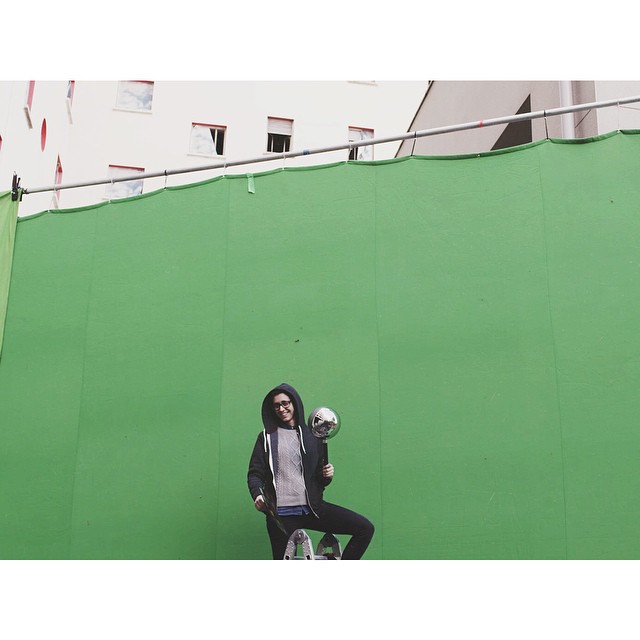
What does a visual effects supervisor do? What does your work consist of?
The work that I have done on the projects that I have undertaken begins at the start of the production, sometimes when the script is still being modified. Thus, from the initial phase, we are working together so that what is written in the script and what the director has in mind can be carried out.
In relation to Superlópez, for example, right from the beginning we constantly met up with all the heads of department and we gradually broke down the film and saw how we had to organize ourselves and what work each department was doing to be able to accomplish what was in the script. On having to shoot with a flying actor and a robot, the InExtremis team had to construct robotized structures, so that we could then add the digital effect and then start from a good shooting base to be able to work as efficiently as possible once the same had ended.
During the shoot, I am always there to ensure that the material that is shot is optimal so that the visual effects work can be carried out in the best way possible. Also, during the shoot, you have to ensure that you have the maximum information, photographs, camera measurements, scanners... during the shoot we always have to undertake this task, previously agreed upon with those in charge of the internal visual effects departments so that they have the necessary material to be able to work better.
What difference is there between special and visual effects?
Special effects involve everything that would be done physically during the shoot, everything that is real. In the case of Superlópez, for example, InExtremis was in charge of physically creating many effects on the set, from a real water explosion to building the structure of the robot onto which Maribel Verdú was mounted or the system which meant that Dani Rovira could fly.
Visual effects come into play when you can’t achieve something physically, whether a building which has to be in a certain way, make-up which the production cannot create, a creature... Very often, you also work together with the physical effects department, since very often they are in charge of giving us a real shooting base so that we can then have the real reference and give it something extra, for example.
In the film Malnazidos, for example, in which InExtremis was also in charge of the physical effects, we filmed the majority of the real effects at least once per shot. As a basis, we thus already had the look that the production needed and this also served as a basis so that the visual effects could be carried out in an optimal manner since, in this case, the effects have to be invisible.
Your first work with El Ranchito was on A Monster Calls by J.A. Bayona, as you mentioned. What were your initiation and this first experience like?
It was very exciting and I remember it with a great deal of affection, since for the first time I was working on a project of this size and for the first time I was going to such a big shoot. Quite an experience from which I learnt a great deal in a very short amount of time. This is normal when you are suddenly surrounded by professionals with so much talent, starting with my supervisor/boss Félix Bergés, from whom I still continue to learn on all the projects that I am lucky enough to share with him.
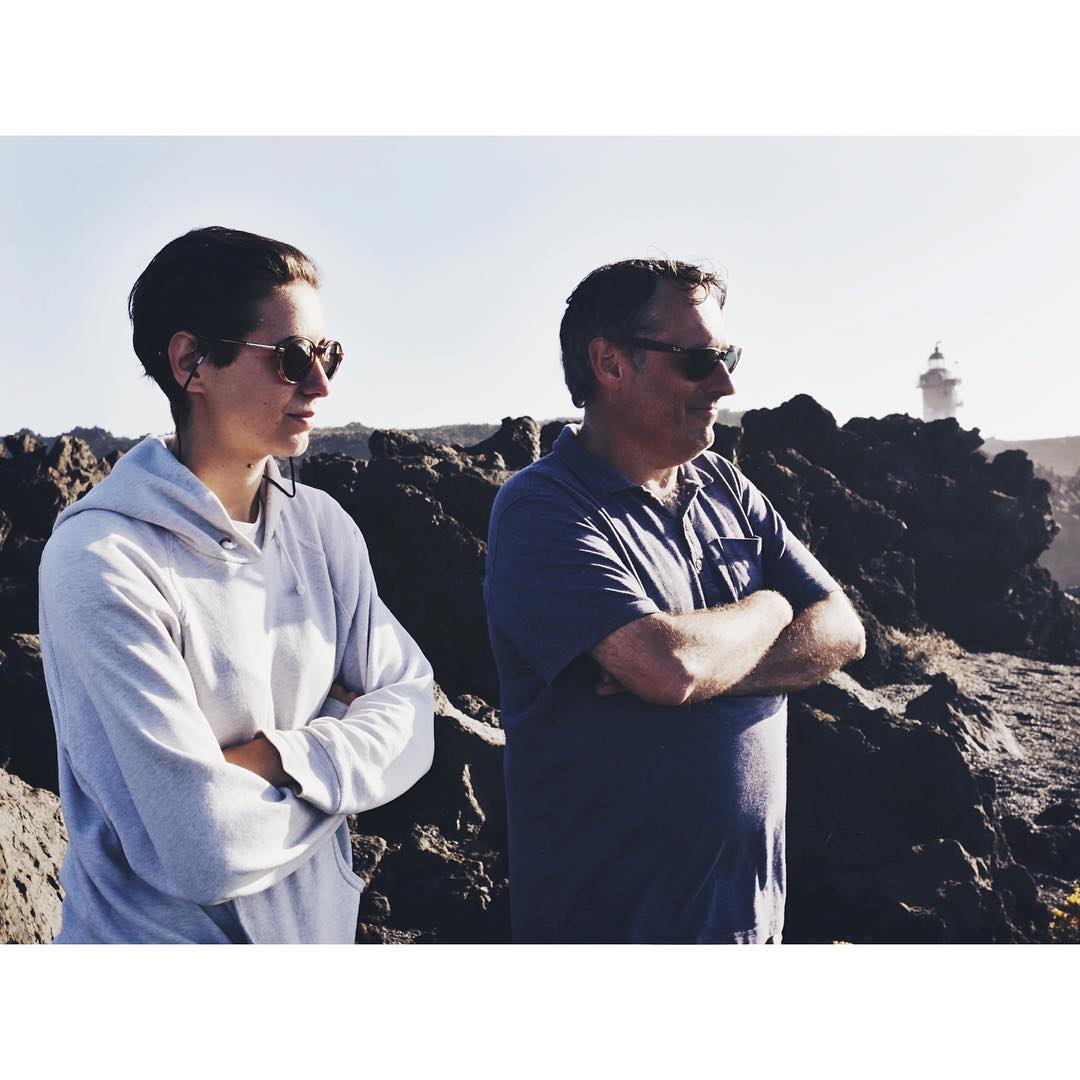
What work has been the most difficult for you?
I think that the most complicated part is when you have to fight with a sequence in which everything is chroma (green background) and you start from scratch; it is a 3-D background which has to be designed, modelled, illuminated...
In both Superlópez and Gun City, your work involved changing the reality of the city of Barcelona. It’s not the same to create a new and unreal world as to work on a city which exists and is real. What presumably very different challenges did these two films represent for you?
With Superlópez, as it took place in the present, we did not have to modify anything about Barcelona. With Gun City, a film which Félix Bergés supervised, in the preproduction phase we had to plan very well how we would shoot and in what way, since many shots are filmed in Barcelona, but we filmed others in different places and we had to change it so that it would look like the Barcelona of the time.
Superheroes have made a strong appearance in Spain, and you have also worked on the new Netflix series, El vecino. Is your work very different on a feature film than on a television series?
My work and that of my producer Berta Coderch was the same. We took the same approach as in Superlópez. From the initial phase of the project, we wanted to be involved so that we didn’t miss anything and to be able to help the production as much as possible in order to be able to do what was needed in an optimal manner. Right from the beginning it was very clear to us that Titán would not wear a cape. As the showrunners of the series, Carlos De Pando and Sara Antuña always recall very well, capes cause problems (laughs).

You were the first woman to win a Goya for the best special effects. Maybe the postproduction and visual effects sector is the one with the smallest female presence. Why do you think this is? And do you think that it is changing?
I am not the first woman in the special effects category, but I am the first to be a visual effects supervisor. It’s true that it’s a sector in which maybe there wasn’t so much female presence, but I believe that it is changing. With the appearance of specializations such as that of Escac and the appearance of schools devoted to visual effects, young women are beginning to take an interest in this speciality and sector. Also, for some time now, the media have also been talking about it a lot more than before and considerable visibility is being given to our sector, thanks to the blockbusters that have been created lately in which visual effects play an important role.
What are your next projects? If you can talk about them, obviously.
Right now I am working on the postproduction of Malnazidos, by Javier Ruiz Caldera and Alberto de Toro, and on the film Way Down by Jaume Balagueró, which I am supervising together with Félix Bergés.





